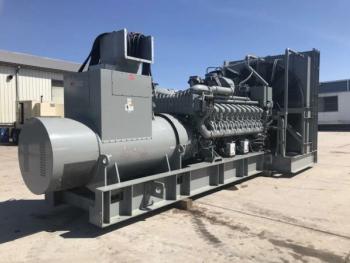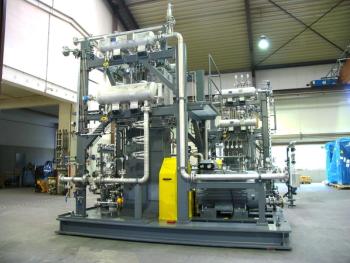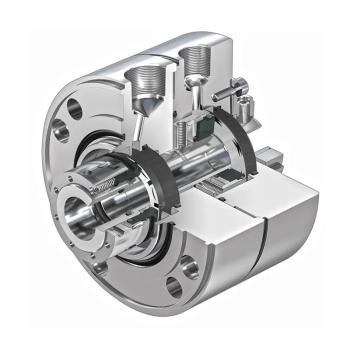Saipem S.p.A. and Subsea7 S.A. have signed a definitive agreement to merge, advancing the Memorandum of Understanding (MoU) first announced in February 2025. The deal will establish a combined offshore energy services group named Saipem7, structured as a merger of equals and intended to meet increasing demand for integrated, large-scale offshore engineering capabilities.
Key Takeaways
- Saipem and Subsea7 will combine on a 50/50 basis, creating Saipem7, with dual listings in Milan and Oslo and headquarters in Milan.
- The merged entity will operate over 60 vessels, employ 45,000 people, and target €300 million in annual synergies within three years.
- Saipem7 will offer integrated solutions across offshore oil and gas, carbon capture, and renewables—aligned with long-term energy transition goals.
The agreement confirms that Subsea7 shareholders will receive 6.688 new Saipem shares for each Subsea7 share, resulting in equal 50/50 ownership of the new entity by both companies’ shareholders. Saipem7 will be headquartered in Milan and listed on Euronext Milan and the Oslo Børs, underscoring its dual European identity. The merger is subject to regulatory and shareholder approval and is expected to close in the second half of 2026.
Upon completion, Saipem7 will employ approximately 45,000 people and operate a fleet of more than 60 offshore vessels. The company is expected to generate annual revenue of €21 billion, with a combined order backlog of approximately €43 billion and EBITDA exceeding €2 billion.
As outlined in the MoU, Subsea7 will pay a €450 million special dividend to its shareholders before closing. The companies anticipate delivering annual cost synergies of around €300 million by year three, driven by fleet and infrastructure optimization, procurement scale, and consolidation of support functions.
Leadership roles for the combined group have been finalized: Alessandro Puliti, currently CEO of Saipem, will lead Saipem7 as CEO. John Evans, CEO of Subsea7, will take charge of the offshore business segment, bringing continuity to Subsea7’s core operations and integration planning.
Puliti stated that the merger is a “natural and necessary evolution” for two complementary businesses facing changing energy sector dynamics. “This combination creates a strong platform for long-term growth and value creation in an increasingly complex offshore market,” he said.
Evans said that the new entity will be well-positioned to compete for larger, more integrated offshore projects. “Our clients are asking for scale, flexibility, and the ability to deliver full-cycle solutions—Saipem7 brings all of that into one platform,” he said.
The companies emphasized that Saipem7 will continue to serve clients across traditional oil and gas markets while expanding offerings in carbon capture, offshore wind, hydrogen, and other low-carbon energy systems. Both companies view the merger as a way to align their resources and technologies with the accelerating global energy transition.
The agreement also reflects a broader trend in the energy sector toward consolidation among service providers seeking to improve financial resilience, streamline supply chains, and respond to increasing complexity in offshore engineering. Analysts expect Saipem7 to play a leading role in this new phase of market realignment.






